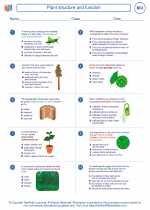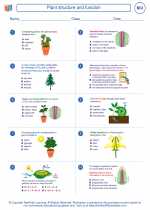Celestial Bodies
Celestial bodies are natural objects that are located in space, such as planets, moons, stars, asteroids, and comets. They play a crucial role in the study of astronomy and have long fascinated humans with their beauty and mystery. Understanding celestial bodies is essential for comprehending the structure and dynamics of the universe.
Types of Celestial Bodies
Planets
Planets are large celestial bodies that orbit around a star, such as our own Sun. They do not produce their own light but instead reflect the light of their parent star. In our solar system, there are eight recognized planets, including Earth, Mars, Jupiter, and Saturn.
Moons
Moons are natural satellites that orbit around planets. Some planets, like Jupiter and Saturn, have numerous moons, while others, like Mercury and Venus, have none. Earth's moon is the fifth largest moon in the solar system and has a significant impact on our planet's tides and climate.
Stars
Stars are massive celestial bodies that produce their own light and energy through nuclear fusion. They are the most fundamental building blocks of the universe, as they are responsible for creating and dispersing heavy elements necessary for life. Our Sun is a typical example of a star.
Asteroids and Comets
Asteroids are small, rocky celestial bodies that orbit the Sun, mostly found in the asteroid belt between Mars and Jupiter. Comets, on the other hand, are icy bodies that also orbit the Sun, often characterized by a tail of gas and dust when they approach the star closely.
Study Guide
- Research the formation and composition of planets in our solar system.
- Compare and contrast the characteristics of different moons in our solar system.
- Investigate the life cycle of stars and their role in the universe.
- Examine the differences between asteroids and comets, including their origins and potential impact on Earth.
- Explore the cultural and historical significance of celestial bodies in various societies around the world.
◂Biology Worksheets and Study Guides High School. Plant structure and function

 Worksheet/Answer key
Worksheet/Answer key
 Worksheet/Answer key
Worksheet/Answer key
 Worksheet/Answer key
Worksheet/Answer key
 Vocabulary/Answer key
Vocabulary/Answer key
 Vocabulary/Answer key
Vocabulary/Answer key
